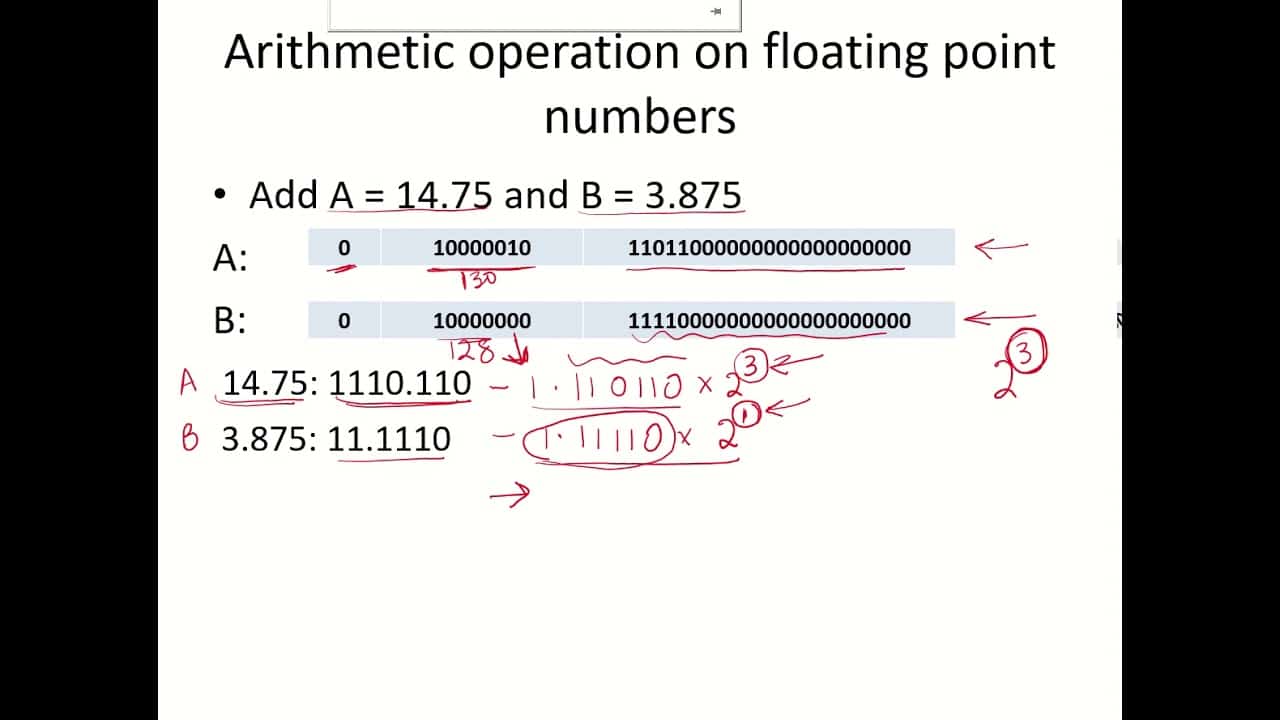Floating point arithmetic is a type of numerical computing method used for complex mathematical calculations. It allows the representation of very large or very small numbers with a relatively small number of bits of information. Unlike integers, which are represented with fixed-precision numbers, the precision of floating-point numbers can vary, depending on the application.
Floating point arithmetic is commonly used in computer science and computer programming. It is the standard format for computer-based calculations, and is used in most programming languages. It is also pervasive in digital signal processing, computer graphics, and scientific computing.
A floating-point number is represented by a combination of a mantissa (the significant part of the number) and an exponent (the factor by which the mantissa is multiplied). This allows the representation of very large and very small numbers. For example, the number one trillion (10^12) could be represented as the mantissa 10^0 and the exponent 12.
Floating-point arithmetic is not an “accurate” representation of real numbers, due to the limited number of digits of accuracy available. This can lead to rounding errors, which are especially apparent when dealing with very small numbers. To reduce such errors, strict standards are set forth for how computers should round and format results.
Because of its ubiquity in computing, most modern computer hardware provides specially designed hardware to perform floating-point arithmetic quickly and accurately. For more special applications, such as graphics and scientific computing, higher-precision formats are available to increase accuracy and reduce errors.






